New pharmaceuticals from the deep Antarctic
| Project Acronym &Title: PharmaDEEP – New pharmaceuticals from the deep Antarctic Area: South Shetland Trough, Antarctica Research Vessel: BIO Hesperides Chief scientist: Dr. Alan Jamieson, University of Aberdeen, UK Other project partners: British Geological Survey (UK), Universitat de Barcelona (Spain), Insituto Español de Oceanografía (Spain), Stazione Zoologica “Anton Dohrn”, Naples (Italy), IBP-CNR Naples (Italy), Nicolaus Copernicus University (Poland) Date: Dec 13th – Dec 29th 2015 |
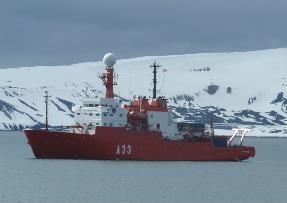 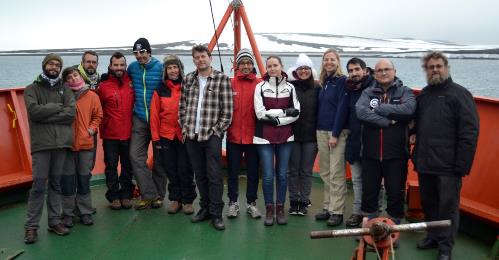 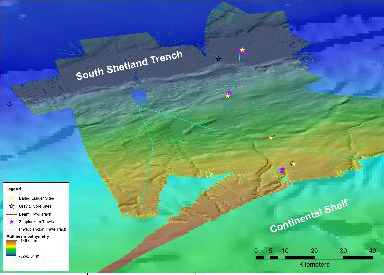 |
| Dr. Alan J. Jamieson, University of Aberdeen, UK “The PharmaDEEP cruise brought together a variety of scientists who may otherwise have never met, or had the chance to go to sea. We had researchers in pharmaceutical development, marine biology, marine geology, microbiology and technology, all working together. There was also a good range of expertise, ranging from PhD level, to post doc to senior lecturers spanning 7 institutes in 4 European countries. Combining traditional marine biological and geological exploration with the search for new, potentially life changing biological compounds for drug development offers immense added value to what is an expensive business. These areas really complement each other which is what made the PharmaDEEP cruise such a success.” |
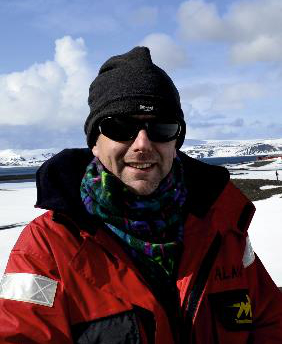 |
Main Objectives
There are areas of the planet, once thought of as insurmountable physical and chemical barriers to life, which are now known to be niche habitats populated by ‘extremophiles’, organisms that require extreme environmental conditions for survival. Extreme environments have “environmental parameters showing values permanently close to lower or upper limits known for life in its various forms”. Such environments range from terrestrial and marine hot springs (temperatures >100°C), polar environments (high latitudes; low temperatures), the deep-sea (depths >1000m; high pressures) to the deep biosphere (sub-seafloor; extremely low in nutrients). Recent advances in exploration and analytical techniques have discovered a myriad of bacterial communities that have evolved novel bioactive compounds through their physiological adaptations to environmental stressors. The properties and potential applications of these compounds have rarely been fully appreciated. This cruise saught to address, prospect and utilize novel natural products from a polyextreme environment, the South Shetland Trough (a subduction trench) near the Antarctic Peninsula, one of the few cryogenic deep-sea trenches in the world, to provide a conduit of potential solutions from the unexplored natural world to the pertinent problems faced by modern medicine and sustainable chemistry.
PharmaDEEP (“New pharmaceuticals from the deep Antarctic”) encompasses multi disciplines, mainly bioprospecting for biotechnology and pharmaceutical applications, with the added value of conventional deep-sea biology, ecology, and geology. The specific aims of PharmaDEEP were to:
(1) Collect marine organisms from deep-and-cold-water habitats that may be unique sources of natural products for the treatment of cancer and infectious diseases.
(2) Perform the first marine biological survey of the unique habitat, the South Shetland Trough.
(3) Compare and contrast the South Shetland trough fauna and drivers of distribution with other trench ecosystems.
(4) Provide geological context and map the topography of the trench.
Work progress and main achievements
| The PharmaDEEP cruise to the South Shetland Trench on the Spanish BIO Hesperides aimed to sample 5 stations from 2000 to 5200m using a multitude of deep-sea equipment to primarily sample from deep-and-cold-water habitats in search of unique sources of natural products for the treatment of cancer and infectious diseases, and provide other biological, geological survey and mapping work. The cruise embarked Punta Arenas (Chile) on the 13th of December and returned to Ushuaia (Argentina) on the 30th of December. The scientific sampling days allocated to PharmaDEEP were the 20th to 26th of December. In these six days six baited camera lander deployments, eight gravity cores, two multi-cores, three beam trawls, ten zooplankton hauls and nineteen phytoplankton hauls were conducted, as well as considerable areas of the trench surveyed with a multibeam echosounder and sub-bottom profiler.
The beam trawl produced 49 good number of samples from the biological survey and subsamples for pharma-studies. The gravity core produced a total of 4.54m of core from three sites, with one as deep as 5000m. Of these cores taken, many subsamples were retrieved for microbiology: 147 subsamples were taken of which 104 represent on-vessel microbial isolation samples. The lander obtained 6597 still images and 16h 42 min of HD video footage, plus eight CTD casts from surface to seafloor over four stations. The zooplankton and phytoplankton hauls achieved 10 and 19 hauls respectively. An area of approximately 2500km2 within the South Shetland Trench was surveyed using the EM120 multibeam echosounder deep-water system with simultaneous sub bottom profiler data acquired using the on-board Topas CHIRP system. |
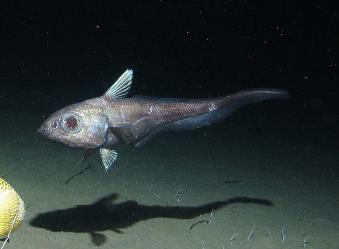 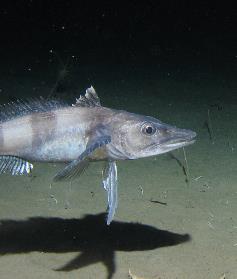 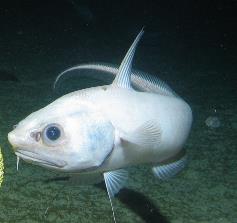 |
For more information:
The PharmaDEEP project at www.pharma-sea.eu
